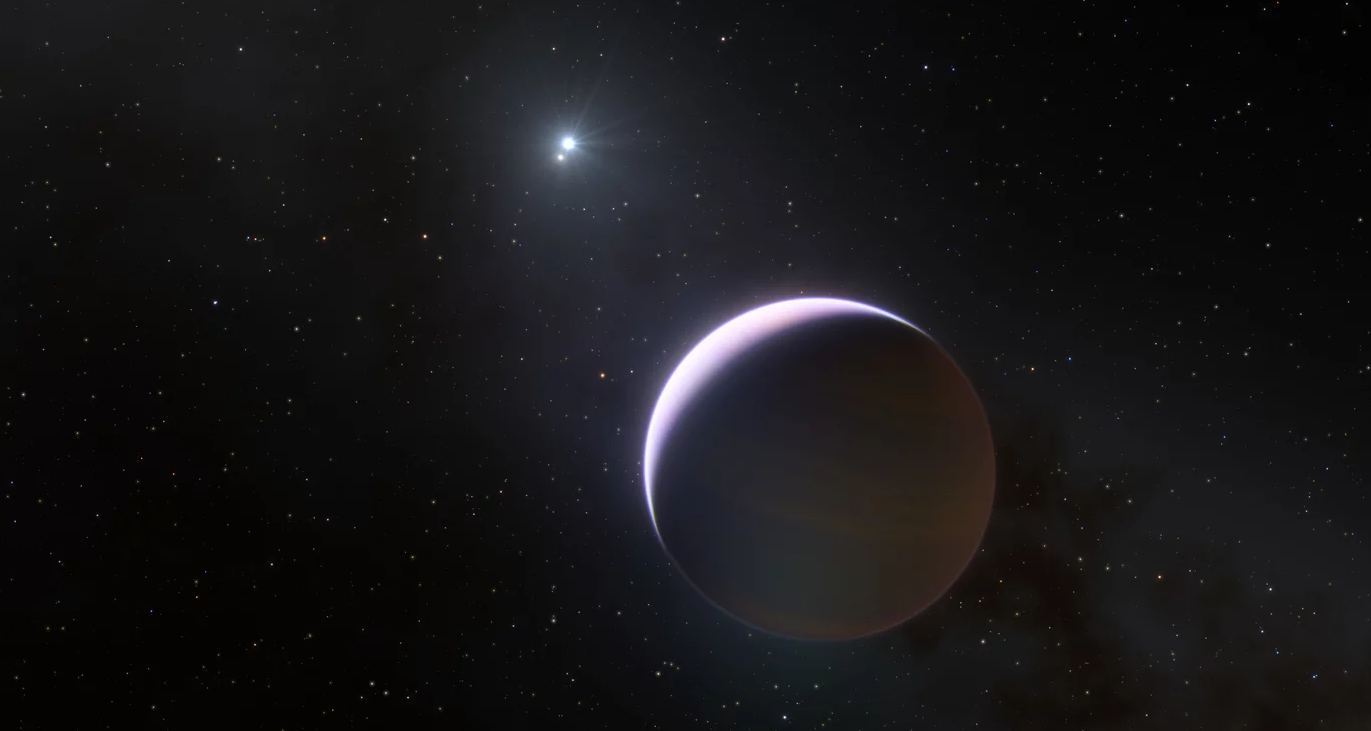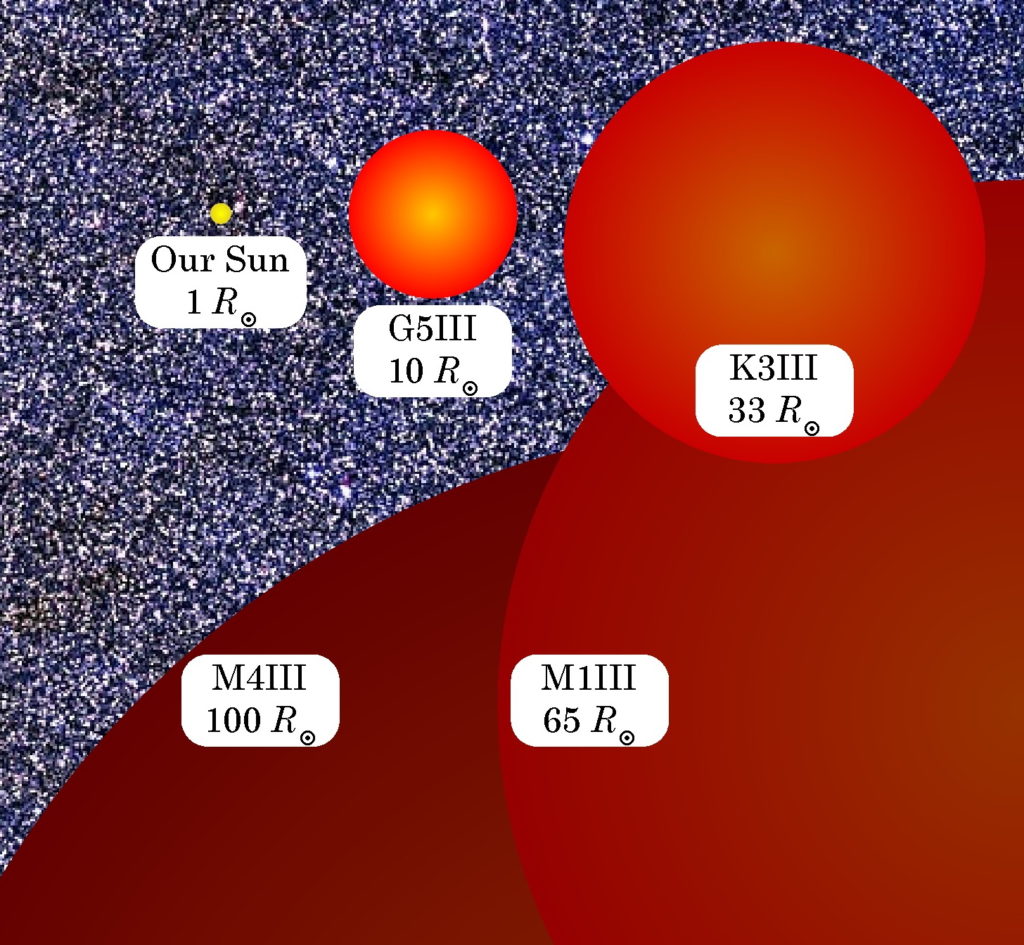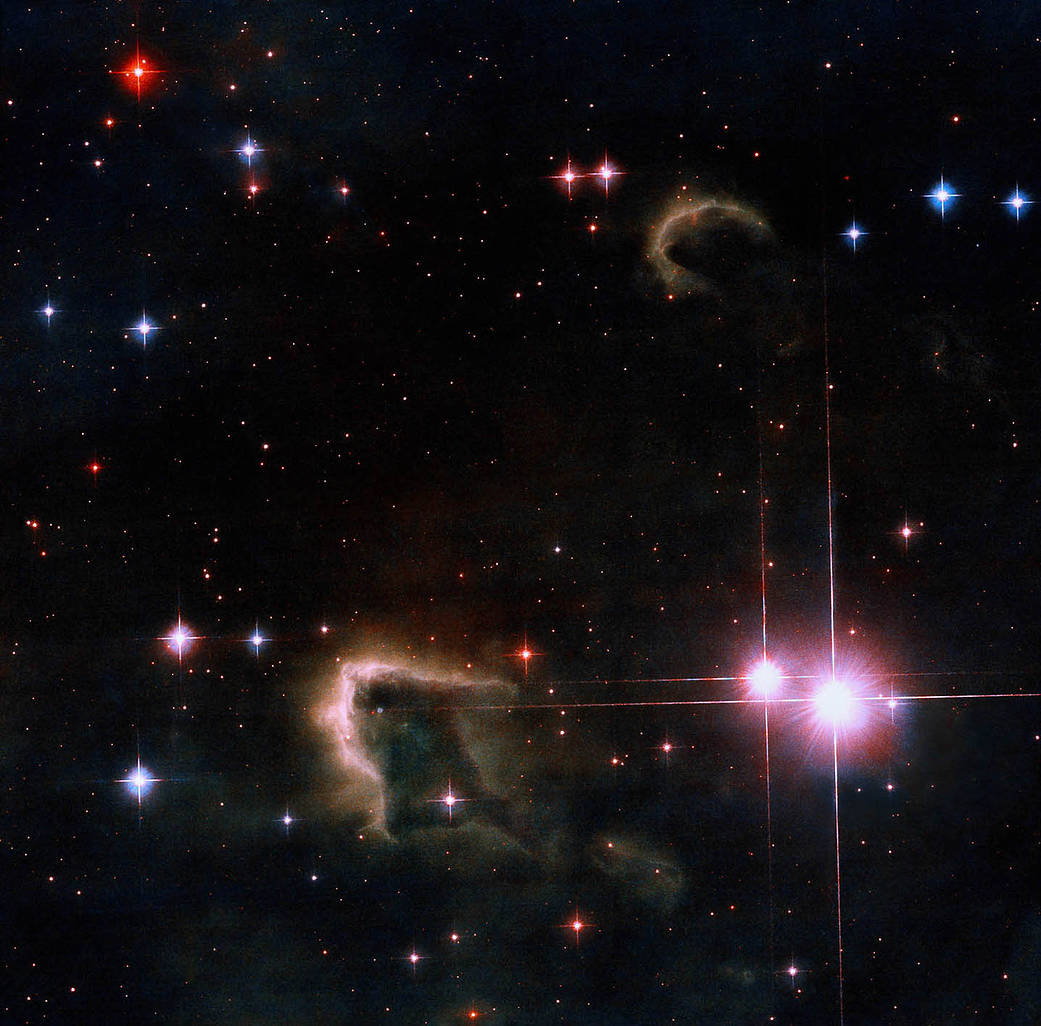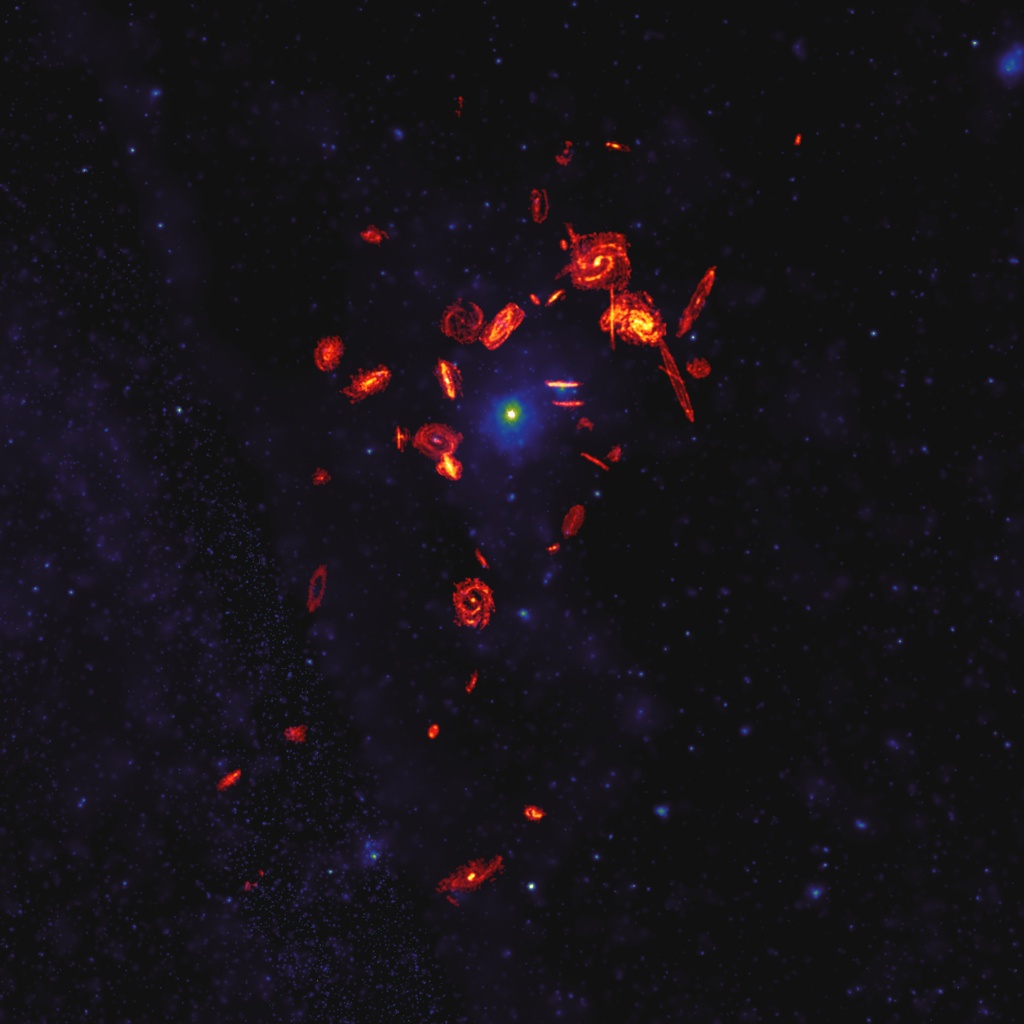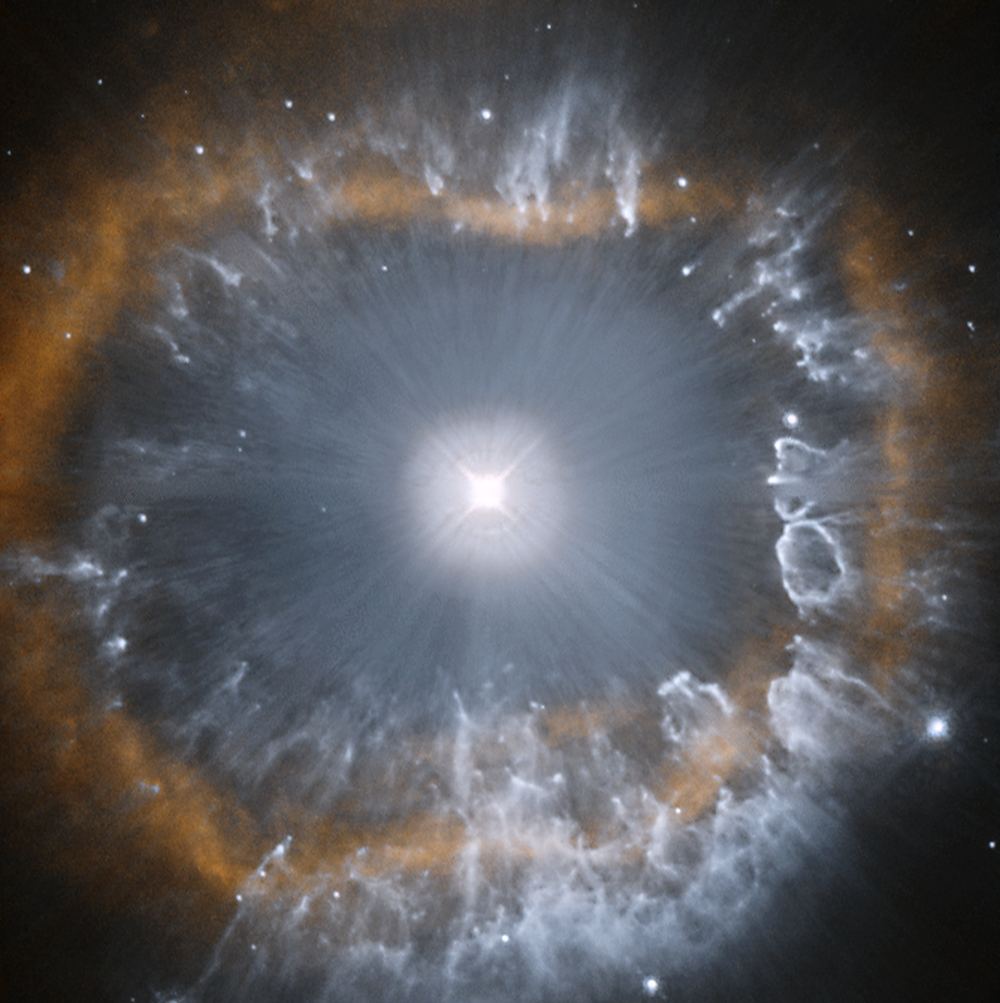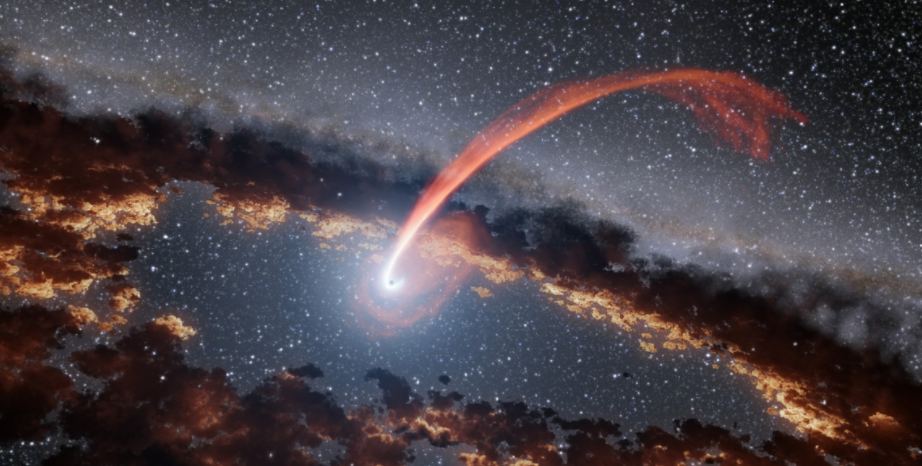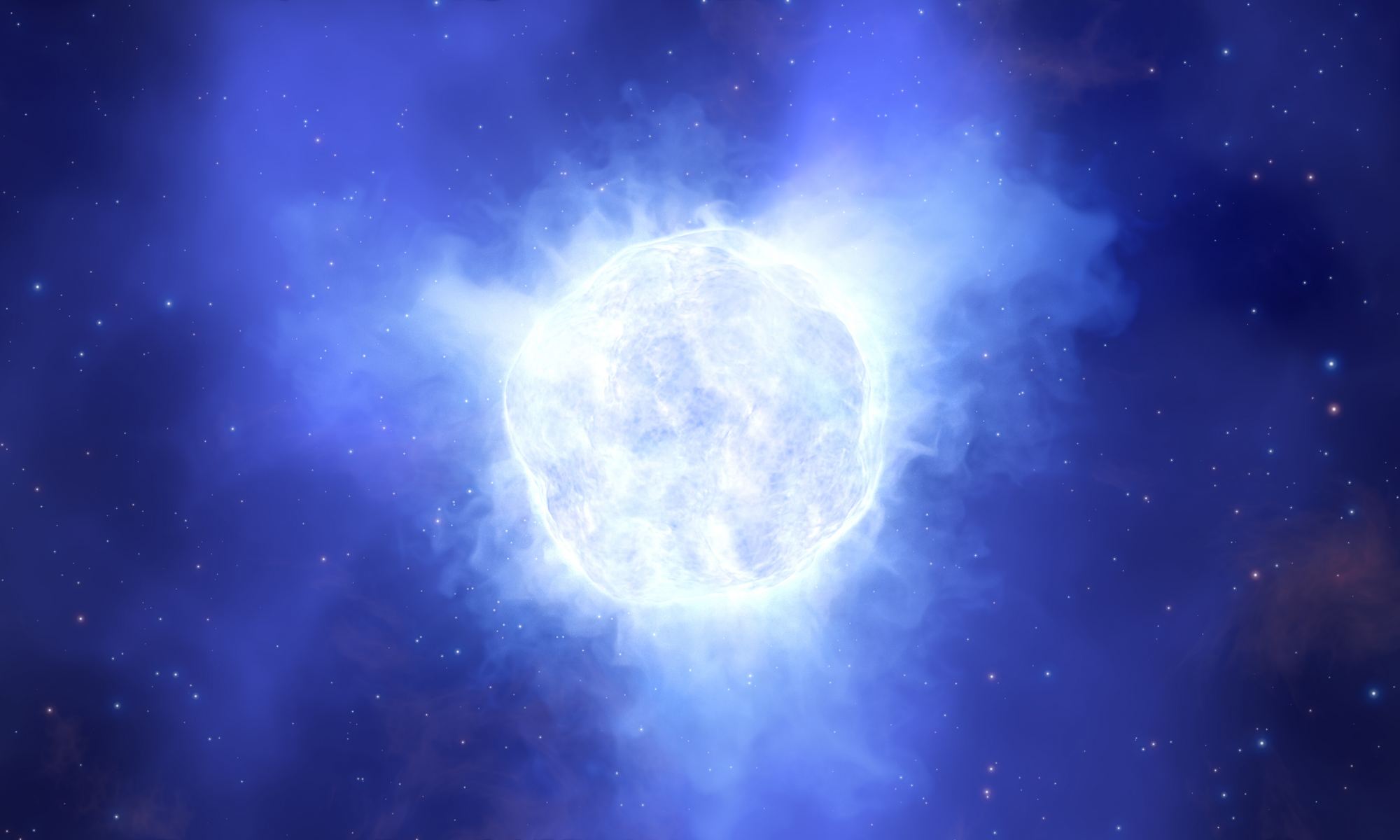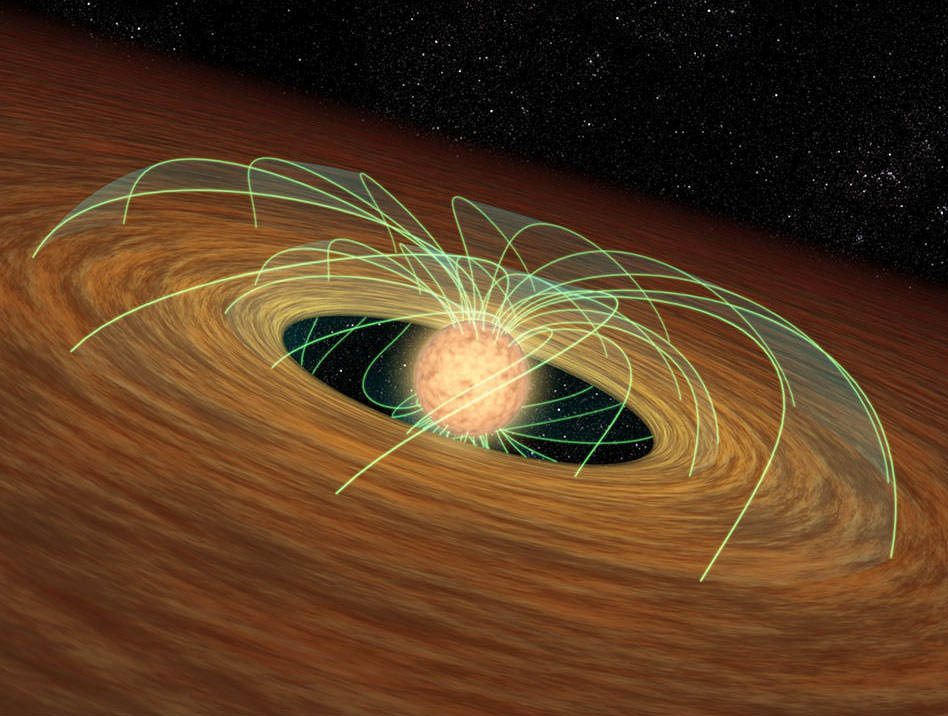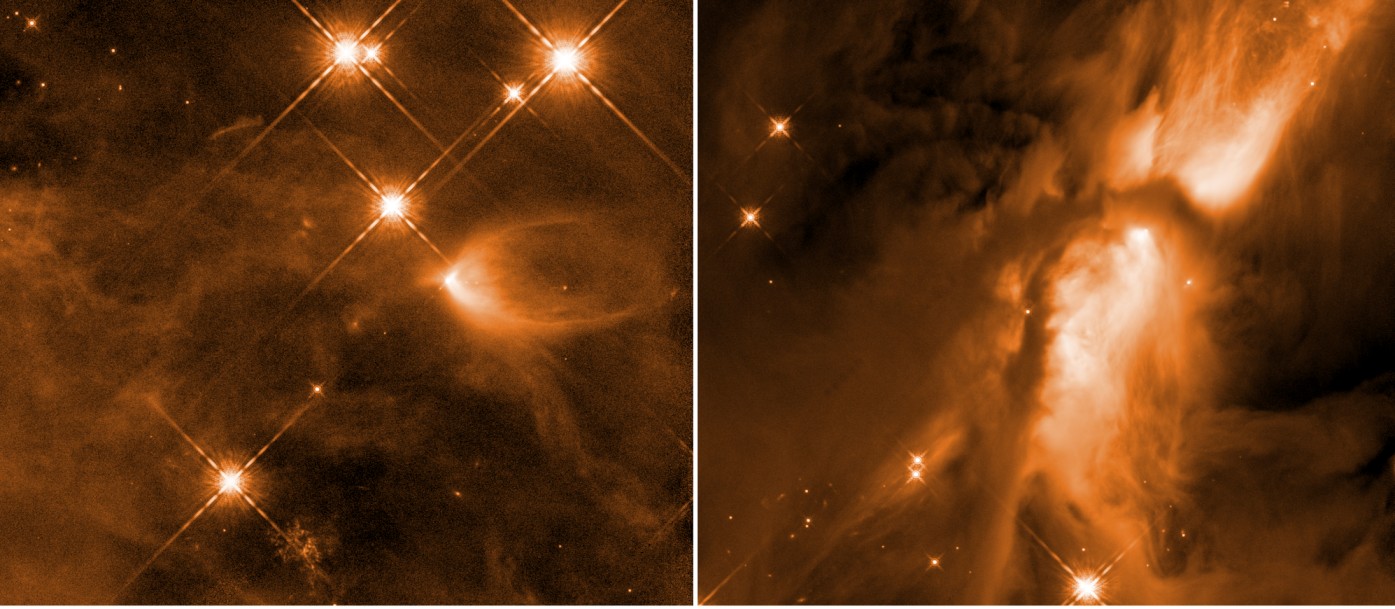Can planets form around massive, hot stars? Some astronomers think they can’t. According to the evidence, planets around stars exceeding three solar masses should be rare, or maybe even non-existent. But now astronomers have found one.
A team of researchers found a binary star that’s six times the mass of the Sun. And it hosts a planet that’s about ten times more massive than Jupiter.
Continue reading “Even Really Massive Stars Seem to Have Planets”
